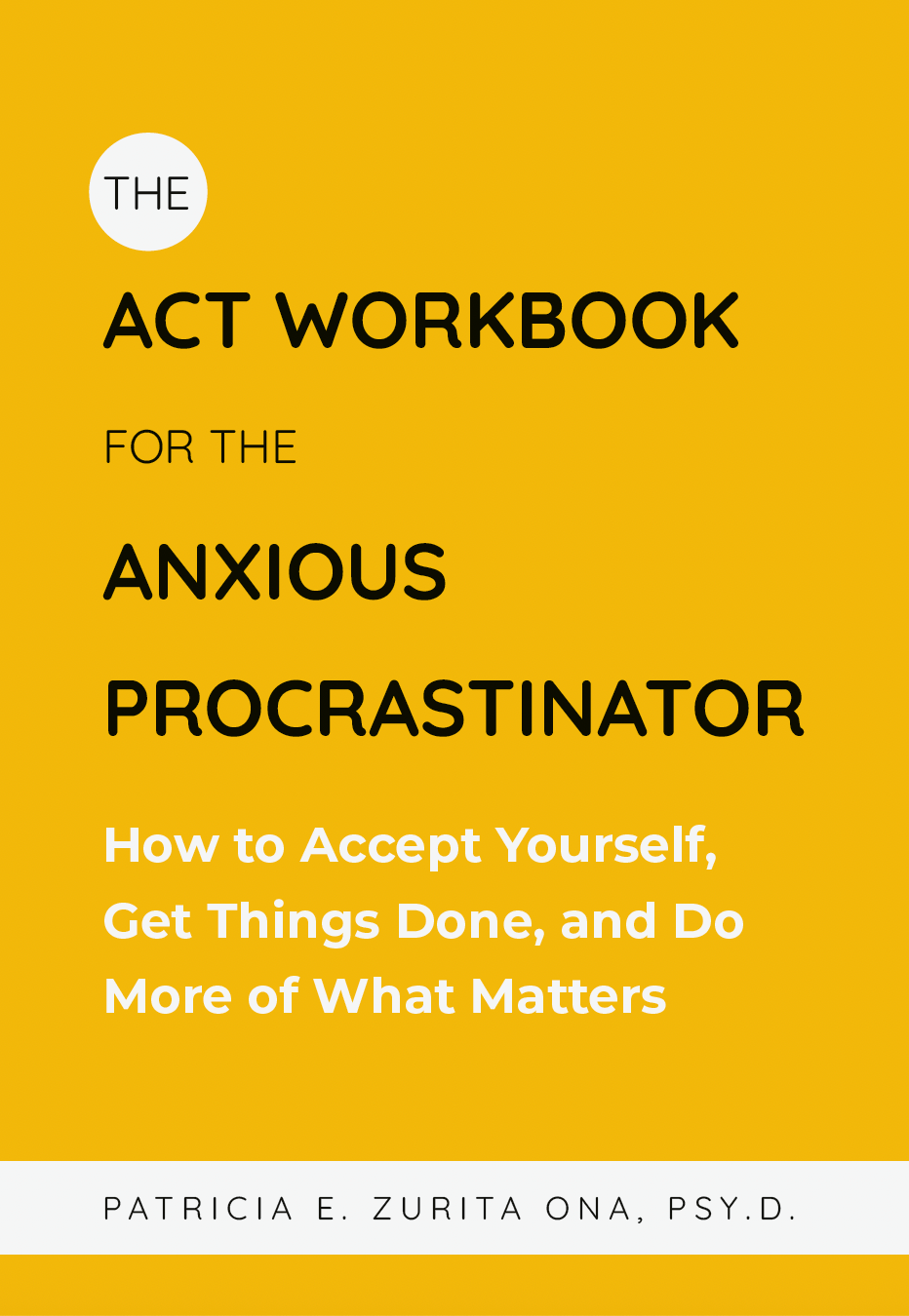Cluttering Is About Our Feelings, Not About Piles of Papers” –
(From Clutter-Proof Your Business)
In my clinical work quite often I hear about moments in which people struggle with problematic situations such as arguments with others, emotional outbursts, ongoing emotional difficulties, angry reactions, and other situations either at work, home, or within their social life that mimics an emotional roller coaster. There is a common factor across such situations: a problematic experience that overwhelms people and create either behavioral chaos or paralysis; in other words, people simply feel emotionally defeated and either engage in multiple problematic behaviors or don’t know what to do about it.
Do you find yourself experiencing one of those moments that you make no head or tail of what’s really going on? If you do so, it’s quite likely that an emotional decluttering process is necessary. And here is a particular activity for you to look into: Behavioral Chain Analysis.
A behavioral chain analysis is a throughout description of a problematic situation that describes “step by step” every component of that particular situation. This description includes an account of thoughts, feelings, and behaviors that appear one after another. Having said that, your task is to answer the following questions:
a. What’s the problematic situation to analyze?
(Make sure you answer to this question as specific as possible)
b. While the problematic situation was unfolding, what were my thoughts, feelings, and behaviors?
Below is a brief example of how the behavioral analysis will look like when answering to the questions above:
a. What’s the problematic situation to describe?
Today, Monday around 10:00 a.m. I received an e-mail from my boss regarding a document I sent to her last week about the last hiring we did; when I read the words “insufficient” I phoned her and left an angry message in her voice mail.
b. While the problematic situation was unfolding, what were my thoughts, feelings, and behaviors?
Thoughts: “I don’t know how to do anything right; I’m working all the time, and it’s never good enough, what’s wrong with her that she decided to send me this e-mail. This reminds me of other bosses I did have and how much they didn’t appreciate my work, just like her right now.”
Feeling: Hopelessness.
Behavior: Crying.
Thoughts: “Is this going to stop?
Feeling: Anger.
Behavior: Called my boss and left a message saying “I really don’t like your e-mail, I don’t think I deserve this type of treatment and I’m thinking about resigning this position anyway.”
Thoughts: “What did I just do? Now I’m in serious problems when she hears this message. Should I call her again, what should I do?
Feelings: Guilt, shame, worry.
Behavior: Crying.
Thoughts: Thinking whether calling again my boss or not will improve or make the situation worst.
Feelings: Guilt, shame, worry.
Behavior: Grabbing and dropping the phone multiple times.
As you can read in the brief example above, the problematic situation is recalled in a very detailed format which in turns facilitate “problem solving” abilities and the practice of new behaviors. 
Chain analysis is a specific tool used very often in Behavior Therapy, Cognitive Behavior Therapy (CBT) and Dialectic Behavior Therapy (DBT). For those of you participating in DBT therapy, the chain analysis includes other components such as vulnerability factors, precipitating factors, and consequences.
– Vulnerability factors are understood as variables that make a person prone to engage in problematic ineffective behaviors such as lack of sleeping, chronic illnesses, etc.
– Precipitating factors refer to the specific events that happened before the problematic behaviors.
– Consequences are described as the reactions that follow the problematic behavior.
Chain analysis is an extremely useful tool to deal with ineffective behaviors when facing stressful life situations. Instead of engaging in “behavioral paralysis” or “behavioral chaos” it’s more effective to dig into a problematic situation in a way that allows you to see step-by-step all its components and identify different ways to deal with each of them in a more effective and strategic manner that considers not only short-term but also long-term consequences.
________________________________________________________________________________
Patricia E. Zurita Ona, Psy.D. is a psychologist at the East Bay Behavior Therapy Center. Dr. Zurita Ona can be contacted at ebbehaviortherapycenter@gmail.com.







